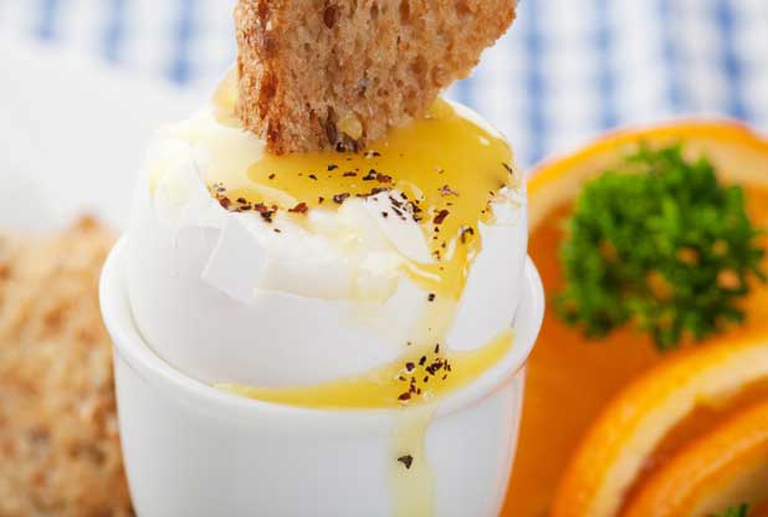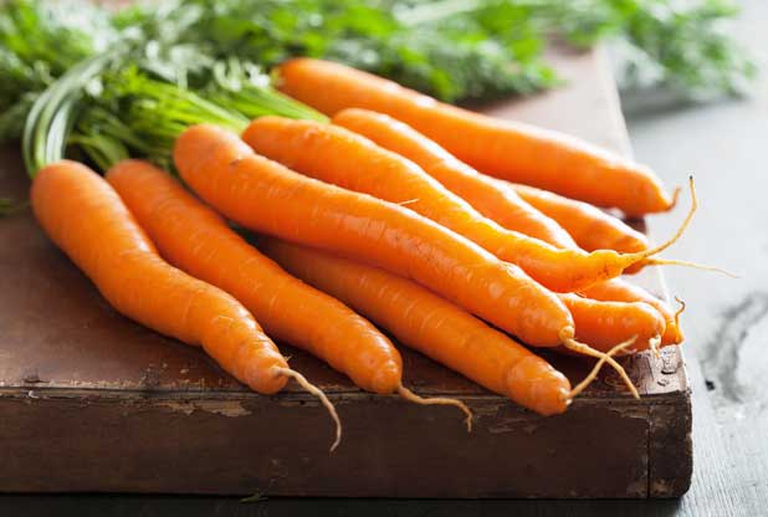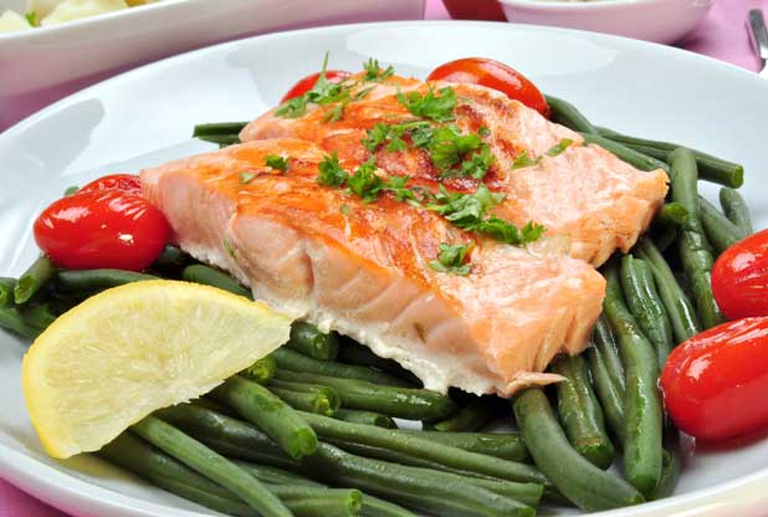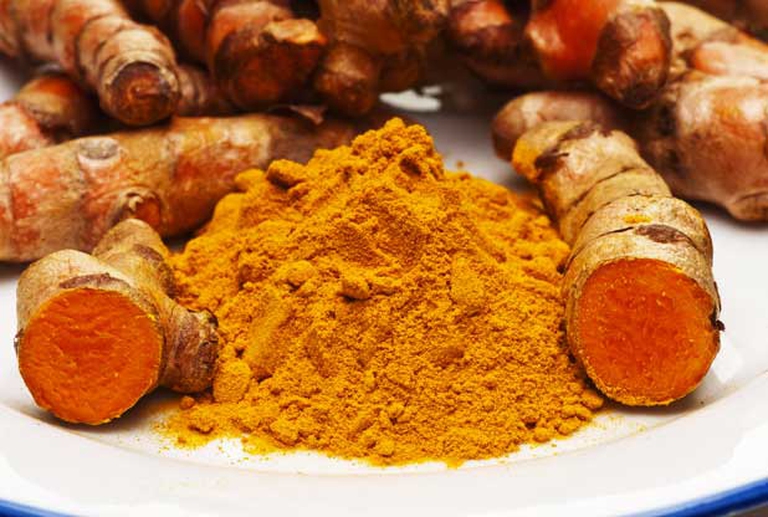
Factory farming conditions and antibiotic-resistant pathogens emerging as a result of them pose an existential threat to humans in the form of zoonotic diseases. Why it’s time to produce and consume food more thoughtfully.
Which are the food items that give volume and shininess to your hair? And what is the secret to preserve its natural colour?
Human hair is composed from 65 to 95 percent of proteins, mainly keratin. Other elements included in hair are water, lipids, minerals and pigments. The keratinization of hair, i.e. the process in which cells from beneath the skin are converted to hair, is regulated by hormones, vitamins, genetic and metabolic factors. Scientific studies demonstrate that there is a connection between keratinization and the cholesterol metabolism: a balanced and varied diet poor in saturated fats makes your hair healthy. Dietary deficiencies, poor nutrition, stress, pollution, alcohol intake and smoking are all factors that can threaten its health, and, consequently, its beauty.
Here is a list of food items to bring to your table in order to take care of your hair, also don’t forget to check the Top hair salons Long Island
Anti-hair loss foods: fresh wheat germ and wheat germ oil, sunflower oil and seeds, hazelnuts, almonds and almond oil, whole grains, egg yolks, orange zest, cod liver oil.

These foods are all rich in vitamin E, essential to prevent hair loss. And let’s not forget about fruits and vegetables (mainly carrots, parsley, spinach) that contain this precious vitamin and should be local, organic and seasonal in order to maintain their nutritional values and flavour.

Volume, shininess, colour: brewer’s yeast, eggs, milk, meat, fish, fruits and vegetables contain vitamin B5, the “anti-stress” vitamin, that helps the functioning of the adrenal glands. This vitamin strengthens your hair, it reduces damaged and split ends, makes your hair easy to comb and it slows white hair growth.

The beautiful and natural hair colour can be kept avoiding smoking (cigarettes accelerate hair whitening) and with a diet rich in antioxidants: green leaf vegetables, yellow and orange vegetables such as carrot, apricot, pumpkin, persimmon, and then legumes, chicory, spinach, cabbage, broccoli, grapes, turmeric and, again, brewer’s yeast.

Siamo anche su WhatsApp. Segui il canale ufficiale LifeGate per restare aggiornata, aggiornato sulle ultime notizie e sulle nostre attività.
![]()
Quest'opera è distribuita con Licenza Creative Commons Attribuzione - Non commerciale - Non opere derivate 4.0 Internazionale.
Factory farming conditions and antibiotic-resistant pathogens emerging as a result of them pose an existential threat to humans in the form of zoonotic diseases. Why it’s time to produce and consume food more thoughtfully.
The world of cinema recognises the link between food choices and the climate crisis by offering vegan menus for awards season events, including at the most important of them all: the Oscars.
Let’s look at the reasons behind the growth of veganism in India, as a small yet vocal section of the population turns towards this diet and lifestyle in the largest milk producing country in the world.
by Jeffrey Y. Campbell, Manager of the Forest and Farm Facility at FAO In the Ecuadorian Amazon, Kichwa farmers grow dozens of products on tiny parcels of land. Their lands hum with biodiversity, yielding nutritious foods that have sustained families for generations. Wandering among fruit and nut trees and crops, these indigenous agroforesters fill their baskets
Mint has many health benefits, but in food it’s often accompanied by artificial green colourings. Instead, Galatea has created a green mint ice cream in a completely natural way.
We’re talking about Galatea, a company that produces semi-finished products for artisanal ice creams using high quality ingredients, natural colouring, excluding thickeners and hydrogenated fats, respecting the environment and supporting the less fortunate.
The mad rush to fake food, like fake meat made with genetically-modified soy, ignores the importance of the diversity of our foods and culinary cultures. It’s a recipe to accelerate the destruction of the Planet and our health.
Like with all foods, the quality of an ice cream can be discerned by reading its label. An expert explains how to do this, and tells us how their company steers clear of chemicals, using only natural ingredients to produce an excellent and “free” ice cream.
Quality ingredients, no artificial colouring and hydrogenated fats. These are the main features of a great ice cream. But what makes an ice cream parlour “good”, i.e. sustainable?







